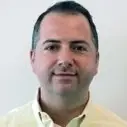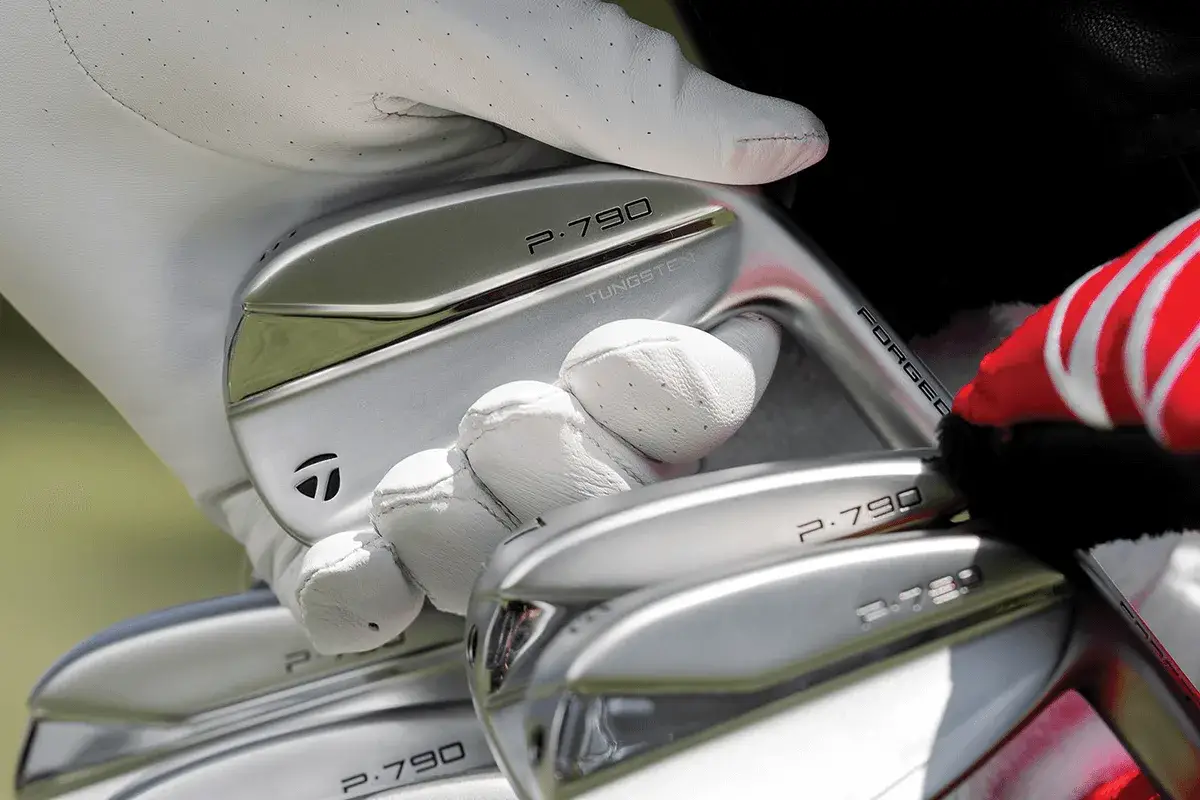Jump To Section
ToggleWhat factors affect golf club distances?
Your golf club distances depend on many things, such as how fast you swing the club, how well you hit the ball, what kind of ball you use, what the weather is like, and how high above sea level you are. Getting the right club for your ability and having it fitted to your body can also help you get more distance on the course.
| Club Type | Average Distance (Men) | Average Distance (Women) |
|---|---|---|
| Driver | 230-270 yards | 180-220 yards |
| 3-Wood | 200-240 yards | 160-200 yards |
| 7-Iron | 130-170 yards | 90-130 yards |
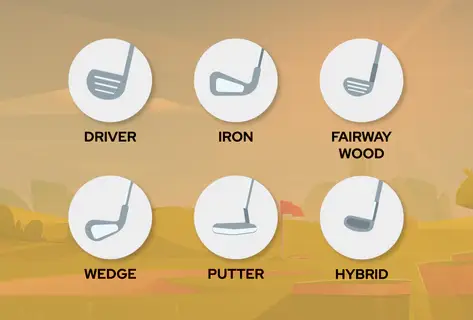
Understanding Golf Club Distances
The game of golf involves using various clubs to cover different average distances. Each club, from the pitching wedge to the hybrid, serves a unique purpose in a player’s golf bag. Understanding the PGA Tour average yardage for each club and factoring in aspects such as driver swing speed is crucial for achieving the optimal distance on the course.
Moreover, adjusting for variables such as par, bunkers, and birdies can further enhance your game.
Factors affecting club distances
If you want to hit the ball as far as possible, you need to think about a lot of things. Whether you’re a pro or a beginner, you have to pay attention to the wind and how it affects your shots.
You also have to pick the right club for the situation and make sure you hit the ball in the sweet spot. The sweet spot is the best part of the club face to hit the ball with. It gives you more speed and distance than any other spot.
The faster you swing and the faster the ball goes, the farther you can hit it. That’s how some golfers can smash the ball really far and make it look easy.
You also need to pick the best club for the wind, like woods, long irons, or wedges. Notably, the growing trend of utilizing golf club distance calculators demonstrates an increasing focus on strategic shot-making to improve par and secure birdies.

Importance of club selection based on distance
Want to play better golf? Picking the right club is super important, whether hitting off the tee or going for the green. Here are some tips to help you out if you’re new to the game.
Understanding the average driving distance is critical to selecting the right club for optimal tee shots.
If you’re new to golf, you might use distance charts to pick the right club. But remember, how far you hit the ball depends a lot on how fast you swing and how fast the ball goes.
For non-pros, the main thing is how far the ball flies in the air and where it lands after a tee shot.
The Role of Swing Speed in Distance
Swing speed matters a lot for how far the ball goes. More speed means more distance. If you can swing your driver between 110 and 115 mph on the PGA Tour, you’ll probably hit the ball about 290 yards on average.
Achieving optimal swing speed for each club is crucial for reaching the desired yardage and improving your chances of hitting more birdies and pars. If you want to play better golf and hit the ball farther, you need to know how your swing speed affects your distance.
This is a key skill for any golfer who wants to improve their game and score lower.
Determining Your Swing Speed
Determining your swing speed is vital for optimizing your golf game. If you want to know how fast you swing the club, you need reliable data from top-notch systems like Trackman and Arccos. They measure stats like mph, yds, and club speed, so you can fine-tune your swing speed with confidence.
Understanding the average golfer’s swing speed is crucial in choosing the right club for tee and approach shots. Another thing to keep in mind is that your skill level as a beginner golfer can influence how fast you swing the club, which in turn affects how far you hit the ball.
A launch monitor can help you measure how fast you swing the club, which can help you choose the right club for each shot. Knowing your club distances based on your swing speed can make a big difference for golfers who want to improve their skills.
Increasing Your Swing Speed for Greater Distance
Enhancing your swing speed can significantly improve your driver distance, benefitting both long-hitters and amateurs. If you want to hit the ball farther, you need to swing faster.
That’s what Tiger Woods and Bryson Dechambeau do. They train hard to increase their swing speed and get more distance. But swing speed is not the only thing that matters.
You also need to hit the ball with a good smash factor and a good loft angle. Smash factor is how efficiently you transfer energy from your club to the ball. Loft angle is how high or low you launch the ball.
Both of these factors affect how fast the ball travels and how far it goes. To optimize your club distances, you need to understand how swing speed, smash factor, loft angle, and ball speed work together.
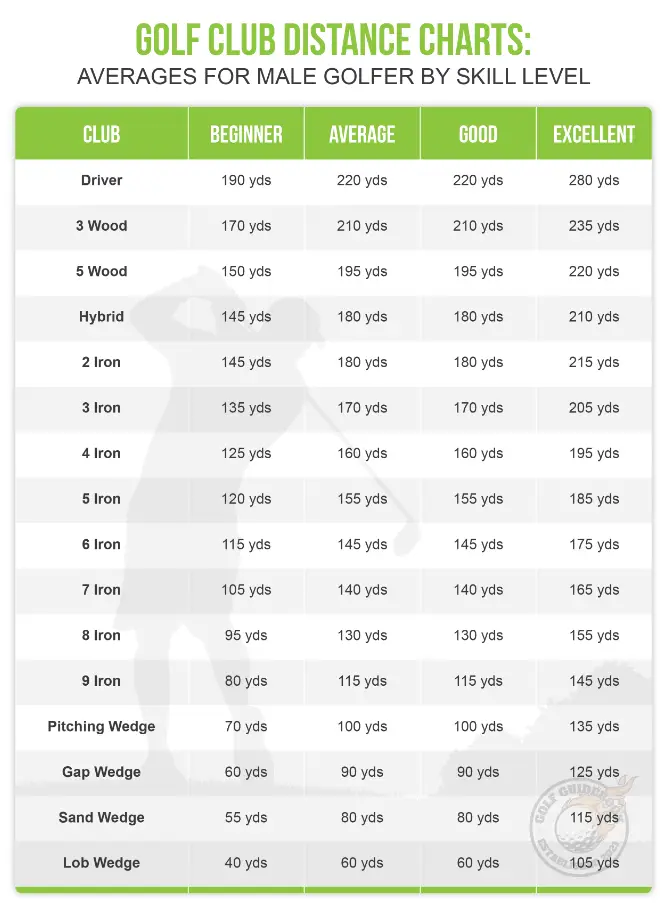
The Impact of Loft Angle on Distance
If you want to hit the ball far, you need a golf club with a low loft angle. This means the clubface is more tilted towards the ground, so the ball goes higher and farther. A driver is a good example of a low-lofted club.
But if you want to hit the ball close to the hole, you need a golf club with a high loft angle. This means the clubface is more tilted towards the sky, so the ball goes lower and stops faster. A pitching wedge is a good example of a high-lofted club.
The loft angle of a golf club affects how far it can go. Different clubs have different loft angles, so they can help you with different distances.
Understanding the loft angles of each club in your golf bag is essential for achieving optimal performance on the course.
If you watch the pros on the PGA Tour, you’ll notice they use different loft angles on their drivers to get the most out of their swing speed and hit the ball really far. This way, they can still score well even if they end up in some nasty sand traps.
Adjusting Loft Angle for Optimal Distance
If you want to get the most out of your fairway woods and long irons, you need to pay attention to the loft angle of your clubs. The loft angle affects how far and high your ball flies, especially in windy situations.
Depending on your skill level and the weather, you might need to tweak the loft angle of your clubs to get the best results. Pro golfers know this very well, and they always fine-tune their loft angles to optimize their distances, especially when they are close to the green.
A handy tool to help you with loft angle adjustments is a golf club distance chart. It shows you how far each club can go with different loft angles.
The Relationship between Loft Angle and Swing Speed
If you want to get the most out of your golf clubs, you need to know how the loft angle affects your swing speed. The loft angle is how much the clubface is tilted back from vertical. It determines how high and far your ball will go when you hit it off the tee. The higher the loft angle, the higher and shorter the ball will fly. The lower the loft angle, the lower and longer the ball will fly.
This is important for beginners and amateurs who want to improve their tee shots. You need to adjust the loft angle to match your swing speed. If you swing too fast for a high-lofted club, you will lose distance and accuracy.
If you swing too slow for a low-lofted club, you will have trouble getting the ball in the air and hitting it straight.
By understanding the connection between loft angle and swing speed, you can choose the right club for each shot and hit the ball with more confidence and consistency.
Tailoring the loft angle to the swing speed ensures adequate club distances, contributing to better average distance and increased chances for birdies.
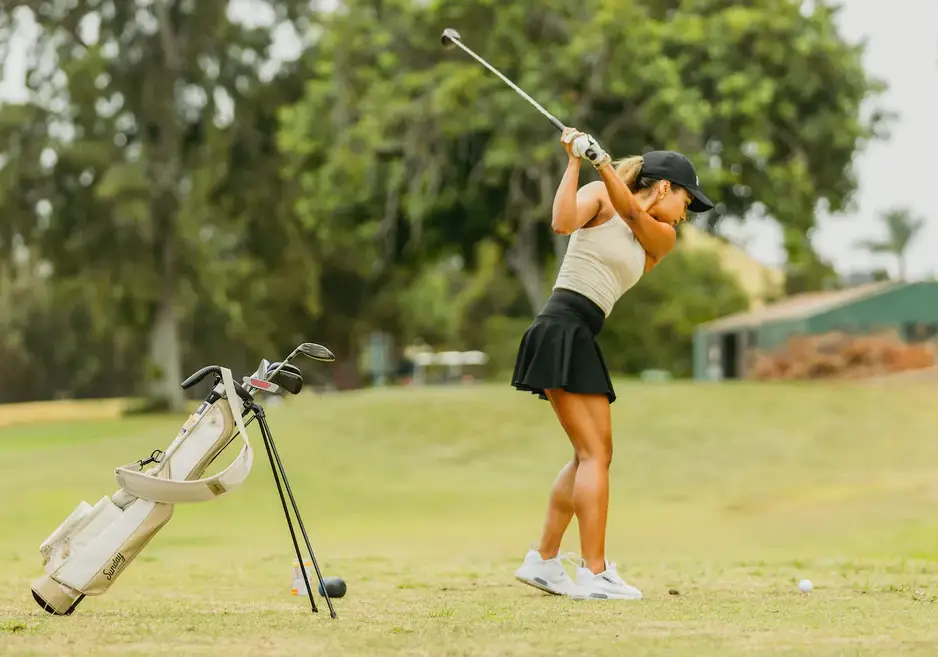
How the Shaft Influences Distance
If you want to hit the ball farther with each club, you need to pay attention to the shaft. The shaft’s material and flexibility can make a big difference in how far the ball flies.
For example, a softer shaft can help you launch the ball higher, which means more distance. But a stiffer shaft can give you more accuracy and control, which might be better for some players.
Knowing how the shaft affects your distance can help you pick the right one for your swing speed and style. If you optimize the shaft, you can get more consistent distance with each club, which can help you lower your score and get more birdies.
Choosing the Right Shaft Weight
The appropriate shaft weight impacts your swing speed and the distance your shots can cover. It’s crucial to match the shaft weight to your swing speed to optimize the distance of your shots.
Players can achieve their desired ball trajectory and distance by choosing the right shaft weight, potentially leading to more birdies. A lighter shaft weight can increase swing speed, contributing to more excellent yardage.
The shaft weight also significantly influences the overall feel and performance of the club, adding to the excitement and challenge of every par.
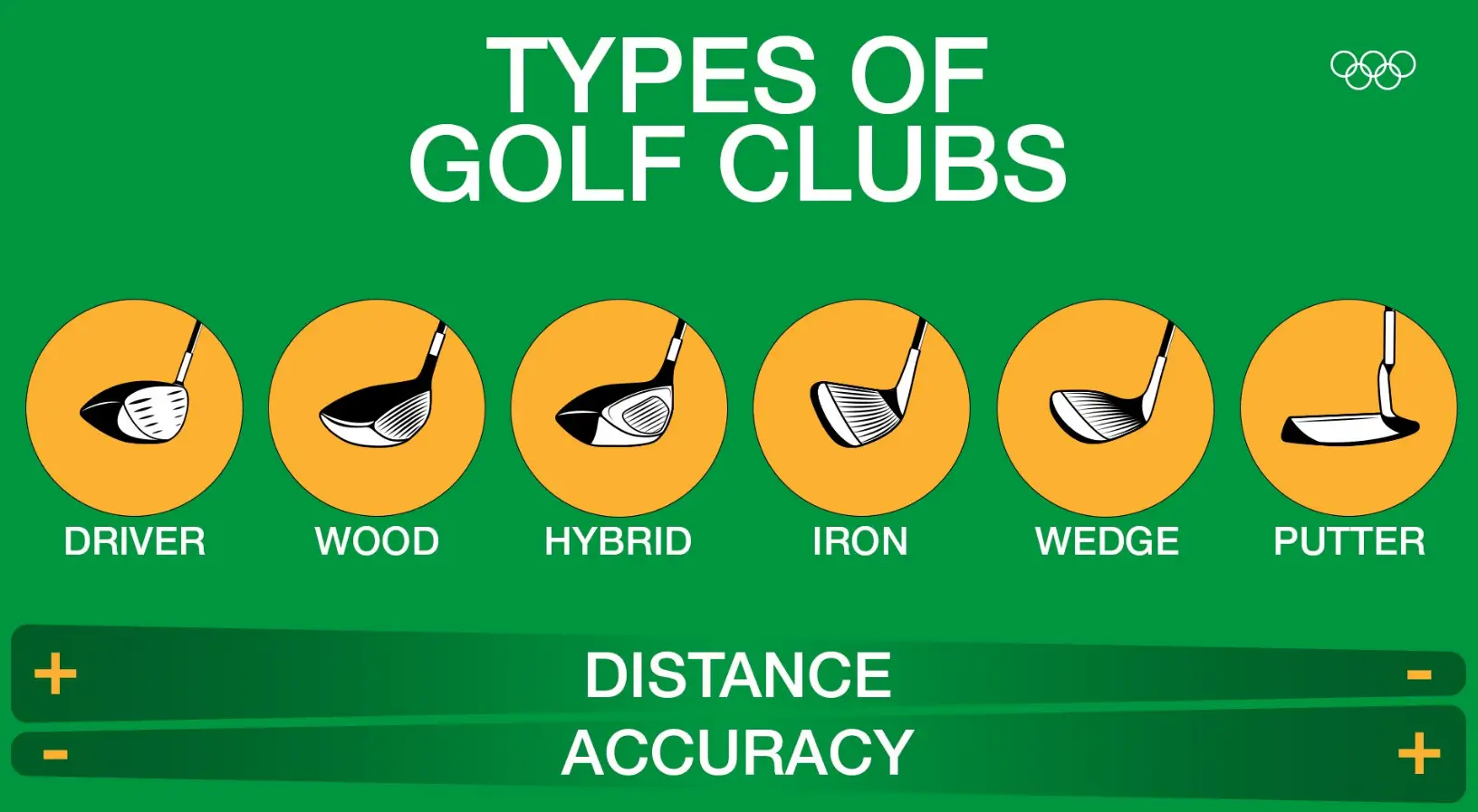
Understanding Shaft Flexibility
Understanding how shaft flexibility directly impacts ball contact and distance is essential for optimizing your golf game. With different options available, catering to varying swing speeds, choosing the proper shaft flexibility can empower you to achieve the ideal launch angle and distance.
This informed decision-making can lead to better ball contact, translating into potential distance gains. Making the proper selection based on your swing speed and style can significantly influence the average distance with each club in your golf bag, contributing to improved performance on the course.
The Effect of Clubhead on Distance
The clubhead is pivotal in determining the average distance a golf ball covers. With a more incredible driver swing speed, the ball covers more yardage, whereas a pitching wedge facilitates shorter yardage.
Professional golfers utilize a variety of clubs in their golf bags to navigate diverse terrains, such as bunkers, or when aiming for birdies on par three holes. Understanding the impact of the clubhead on distance empowers golfers to make strategic decisions and optimize their performance on the course.
The Importance of Clubhead Size
When maximizing your golf club distances, the importance of clubhead size cannot be overstated. The size of the clubhead significantly impacts the sweet spot, forgiveness, and potential distance of your shots.
A more oversized clubhead offers improved stability and greater distance on off-center hits, contributing to consistent ball flight patterns. Additionally, selecting the right clubhead size can significantly impact your overall confidence and distance capability on the course, leading to more birdies and better performance in various par situations.
Properly fitted clubhead size is essential for achieving optimal distance and overcoming challenging bunker placements.
The Impact of Clubhead Material on Distance
Regarding golf club distances, the material composition of the clubhead plays a crucial role in influencing ball speed and distance. Different clubhead materials have varying effects on the feel, sound, and distance performance, directly contributing to the energy transfer and distance potential.
Understanding clubhead materials empowers golfers to make well-informed, distance-focused choices, optimizing ball speed for increased distances. PGA Tour averages and player statistics consistently demonstrate the impact of clubhead material on average distance per club, highlighting the significance of this factor in golf performance.
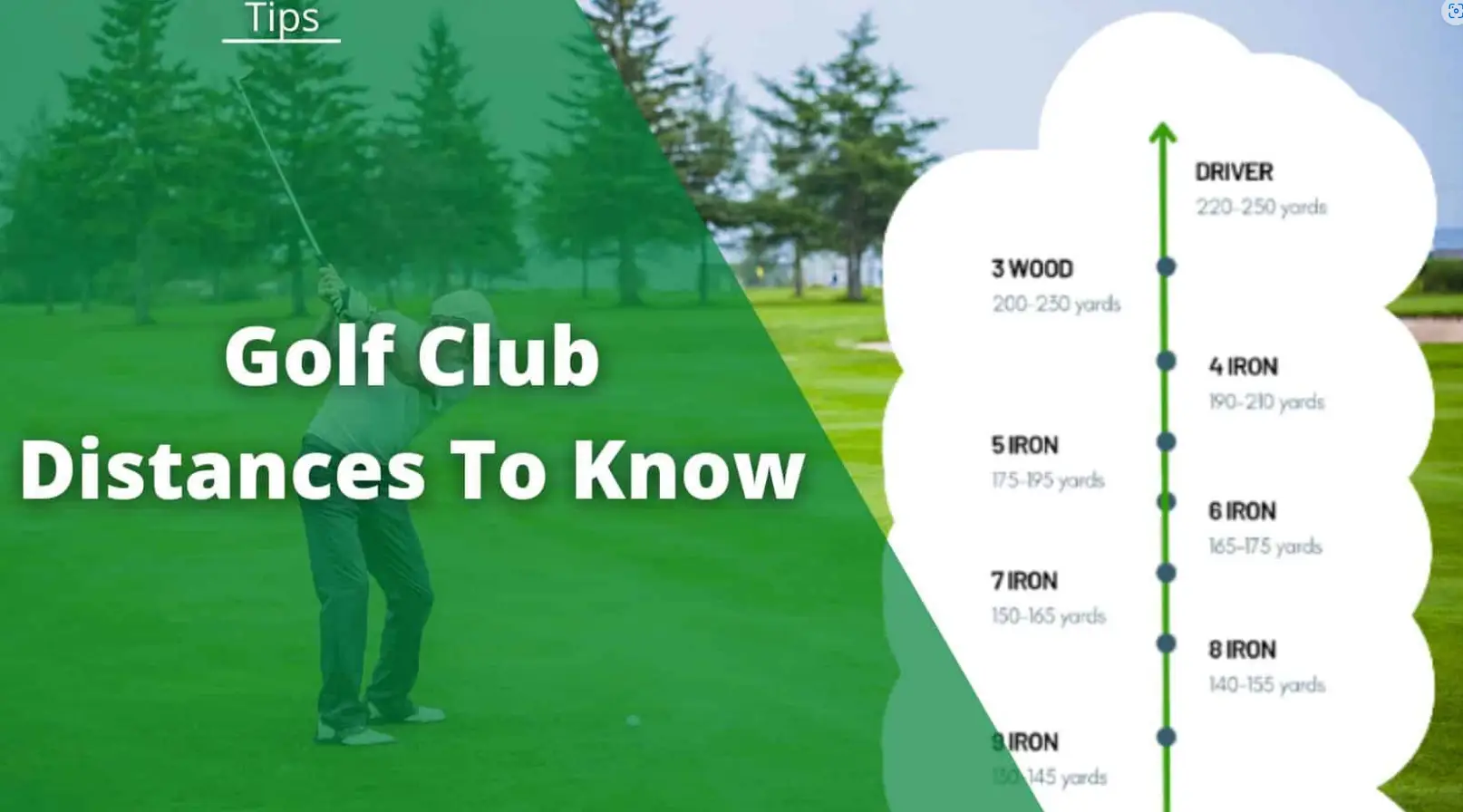
The Influence of Age and Health on Golf Distance
As golfers age, their average distance per club often decreases due to changes in strength and flexibility. The pitching wedge becomes a go-to club for many, and adjustments in the golf bag are common to accommodate the reduced yardage.
The PGA Tour average, especially for driver swing speed, may inspire older players to explore alternative clubs like the hybrid for more consistent yardage. Additionally, aging golfers may need to adapt their play around the course to achieve their usual par, making strategies for bunkers and birdie opportunities more critical than ever.
Adjusting Your Game as You Age
As golfers age, making strategic adjustments becomes crucial to maintaining optimal performance. Adapting tee and approach shots to compensate for age-related distance changes can significantly impact the game.
Tailoring club selection and swing mechanics to accommodate distance limitations enhances overall performance. Moreover, addressing age-related challenges ensures sustained distance levels and enjoyment of golf.
By incorporating these game adjustments, aging golfers can continue to play at a high level and make the most of their time on the course.
The Effect of Physical Fitness on Golf Distance
By focusing on physical fitness, golfers can significantly improve their swing speed and overall distance. Enhancing strength, flexibility, and endurance plays a crucial role in increasing the potential yardage for each club.
Physical fitness contributes to immediate distance outcomes and helps maintain and optimize golf performance. Tailored fitness regimens can positively impact golfing distance while ensuring that golfers consistently achieve optimal average distance and drive closer to PGA tour averages.

Weather Conditions and Golf Club Distance
Understanding the impact of weather conditions on golf club distances is crucial for optimizing your game. Factors like wind speed, direction, temperature, and altitude can significantly affect the average distance you achieve with each club.
For instance, a headwind can reduce the yardage you get with your driver swing speed, while a tailwind can increase it. Similarly, the air density at higher altitudes can enhance the par yield of your clubs.
PGA tour averages also provide valuable insights into how professionals adjust their club selection based on weather conditions, improving their chances of scoring birdies. Embracing this knowledge ensures that your golf bag is equipped for various weather scenarios, whether sunny days, rainy conditions, or playing from a bunker.
Adapting to Windy Conditions
Golfing in windy conditions presents a challenge, demanding strategic modifications in club selection and swing techniques to maintain optimal distance. Golfers must adapt tee shots and approach strategies to counter the adverse effects of strong wind, mastering skillful club selection and shot shaping.
Strategic adjustments to swing speed and launch angles are essential to navigate windy conditions effectively and maximize distance. By mastering wind adaptation techniques, golfers can ensure consistency in distance, even in challenging weather conditions.
Embracing these modifications with enthusiasm is vital to excelling in windy conditions.
Playing in Wet Weather
Playing in wet weather presents unique challenges for golfers, impacting ball compression and reducing average distance. To address this, adjusting swing speed and club selection becomes crucial in such conditions.
Additionally, golfers can seek out specialized golf balls designed to provide enhanced grip in wet weather, improving overall performance. Utilizing higher lofted clubs can also help mitigate distance loss when playing in wet conditions, offering a practical solution to counter the effects of damp weather.
Furthermore, investing in quality golf balls with urethane covers can significantly improve distance control in wet weather, ensuring a more enjoyable and successful game.
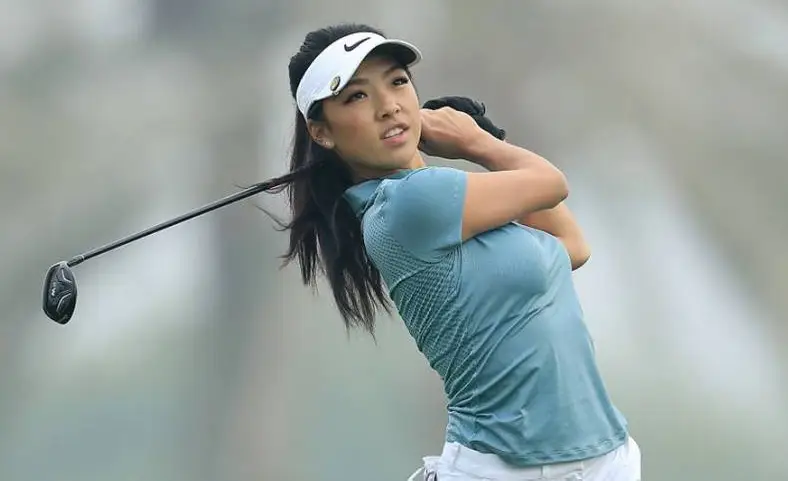
Choosing the Right Golf Balls for Distance
Enhance your game by selecting the perfect golf balls for optimal distance. Tailor your choice to match your swing speed, with multi-layer options providing greater distance and control.
Lower compression balls are the way for those with slower swing speeds. Consider the dimple pattern’s impact on ball flight and distance, and opt for urethane covers to maximize spin and distance control.
Elevate your performance with strategic decisions that can make a real difference on the course.
Does the type of golf ball affect the distance?
The distance of a golf ball is influenced by its construction, compression, cover material, and core design. Dimples on the ball reduce drag for increased distance and flight stability.
Urethane-covered balls provide enhanced distance and control. Consider factors like swing speed, skill level, and desired distance when choosing a golf ball.

Conclusion
In conclusion, understanding the optimal use of each golf club is essential for maximizing your distance on the course. Factors such as club selection, swing speed, loft angle, shaft weight and flexibility, club head size and material, age and health, weather conditions, and even the type of golf ball you use all play a role in determining how far your shots will travel.
By considering these factors and making adjustments where necessary, you can improve your overall performance and achieve greater distances off the tee and on approach shots.
So, next time you step onto the course, remember to choose your clubs wisely, adapt to the conditions, and confidently swing. Happy golfing!
Previously: 45 Hilarious Golf Puns & Jokes That Will Make Any Golfer Laugh
Next up: Best Golf Balls for Mid Handicappers: Top Picks for 2025


